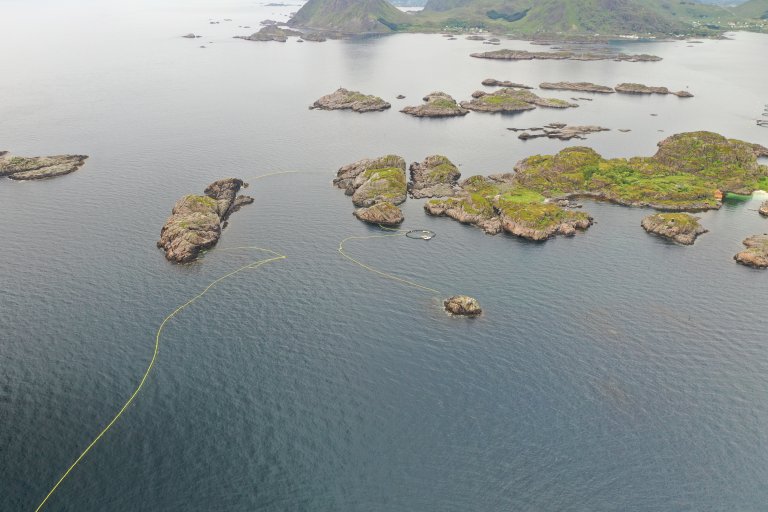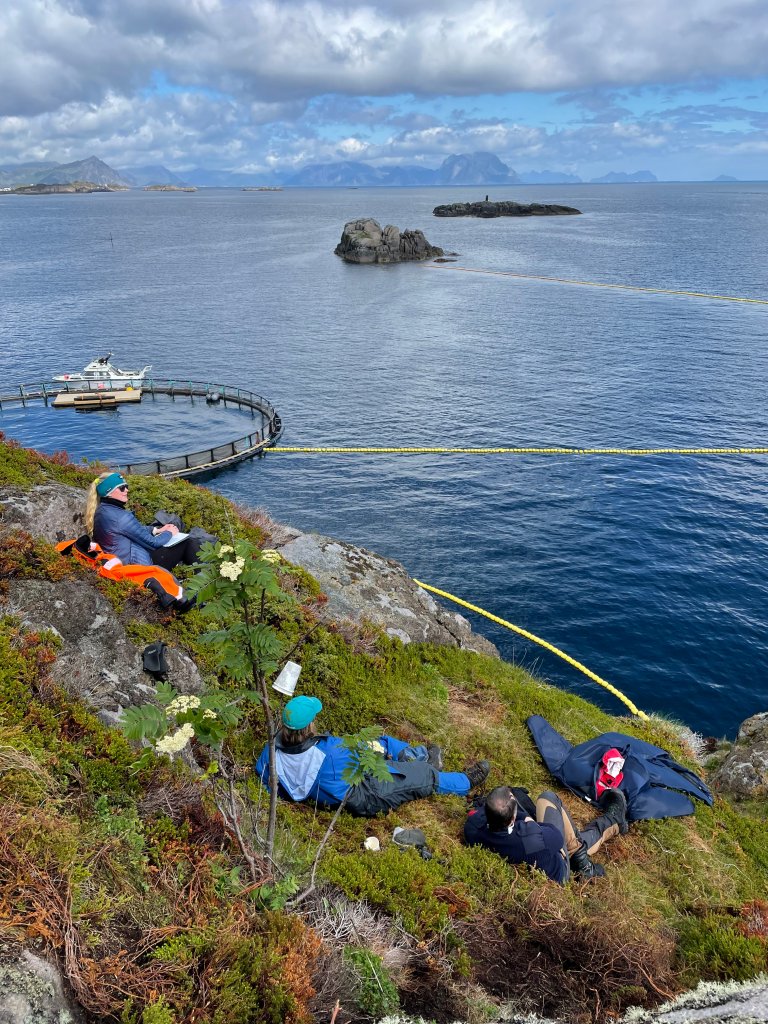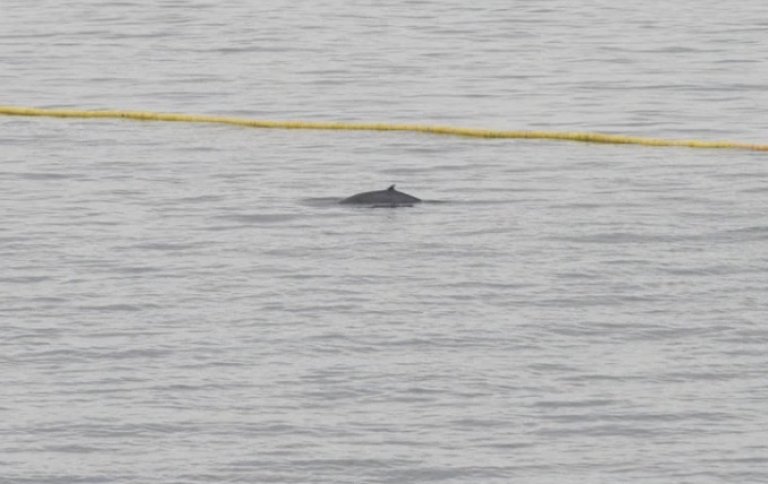The first season of the minke whale hearing project has come to a close
Researchers call the experiment a success, even though no hearing tests were performed this summer.
– Our main objective this season was demonstrating the proof-of-concept that the system for catching and releasing whales would work, says Petter Kvadsheim of the Norwegian Defence Research Establishment (FFI).
The SOST minke whale hearing project is conducted to find out the hearing sensitivity of baleen whales.
– This will give us a critical piece of information required to manage the impact of human-caused ocean noise on these large whales, says Dorian Houser from The National Marine Mammal Foundation (NMMF).

Proof-of-concept
The field effort this year lasted from may 31. until june 25. Almost half of the season was used to set up and optimize the catch and release system, which consisted of a system of nets used to guide the whales into a basin that could be sealed once entered. Nearly 1.7 km of netting weighing more than 20 tons were deployed.

The team observed twenty whales in the area during the month of setup and operation. Three whales entered the catch basin prior to completion of the catch and release (C&R) site. Three others entered the basin after the team completed the C&R site and entered “catch” mode. Two of these were caught, demonstrating the utility of the catch and release system, but no hearing tests were performed this year.
Will continue next year
The team will return to Lofoten for new field efforts in 2022, 2023 and 2024. Houser and Kvadsheim look forward to next year when nearly all of the field effort will be on temporarily catching the whales and testing their hearing. The method used will be similar to what we use for testing hearing in infants.
– The hearing information will be the first ever for any baleen whale and will have important consequences to managing the impact of ocean noise to baleen whales, says Dorian Houser.
The experiment is sponsored by Subcommittee on Ocean Science and Technology (SOST), and is financed by the US government.
